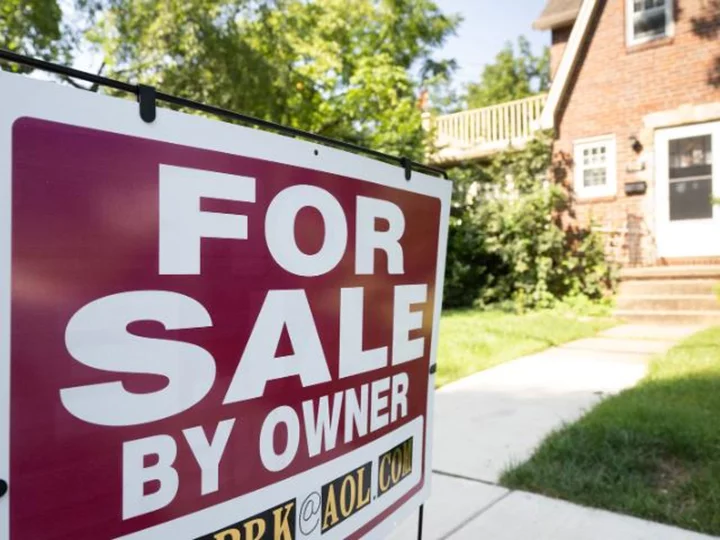Just 1% of all US homes changed hands in the first half of this year, the lowest share in at least a decade, according to data from Redfin.
Only about 14 out of every 1,000 existing homes moved from one owner to another in the first half of 2023, compared to 19 of every 1,000 during the same period in 2019. That means home buyers have 28% fewer homes to pick from than before the pandemic upended the US housing market.
The pre-pandemic turnover rate is fairly typical for the modern housing market, according to Redfin, but a more active market would have a rate closer to 40 or 50 of every 1,000.
The main reasons so few houses have sold so far this year is that there aren't many on the market to buy and people can't afford higher mortgage rates.
The frenzy of homebuying during the pandemic years depleted supply, and inventory hasn't been replenished. There is a historically low supply of homes on the market to buy as current homeowners hunker down with their ultra-low mortgage rates of 2%, 3% or 4% and put off becoming a buyer at rates of 6% or 7%.
"The quick increase in mortgage rates created an uphill battle for many Americans who want to buy a home by locking up inventory and making the homes that do hit the market too expensive," said Redfin deputy chief economist Taylor Marr. "The typical home is selling for about 40% more than before the pandemic."
Mortgage rates falling to a level closer to 5% would make the biggest dent in the affordability crisis by getting homeowners more comfortable with selling their current home and becoming the buyer of another. Lower interest rates would bring monthly payments down.
But there are a few other things that would boost turnover and help make homes more affordable, said Marr.
"Building more housing is imperative, and federal and local governments can help by reforming zoning and making the building process easier," he said. "Financial incentives, like reducing transfer taxes for home sellers and subsidizing major moves with tax breaks, would also add to supply."
Smaller homes are the hardest to find
The hardest kind of home to find is a smaller home in an urban area. Just 11 of every 1,000 two-and three-bedroom urban homes have changed hands in 2023.
Home buyers in California are among the most challenged by inventory. Only 6 of every 1,000 homes in San Jose have sold so far in 2023, similar to the low turnover rates in Oakland and San Diego.
On the other end of the spectrum, homebuyers in Nashville; Austin; and Newark, New Jersey, have a relatively easier time finding homes, with more than 20 of every 1,000 homes in each of those metros selling this year.
The turnover rate shrank most from the pre-pandemic years in the suburbs, with 16 of every 1,000 four-bedroom or more suburban houses changing hands so far this year, two-thirds as many as 2019. Buyers of that home type have 33% fewer houses to choose from.
The rate of turnover in these homes went down the most, according to Redfin, because that type of home became popular during the pandemic. Workers able to work remotely flocked to the suburbs and purchased larger properties with work-from-home space.
"What people want most are those move-in ready, mid-sized homes in neighborhoods with highly rated schools," said Heather Mahmood-Corley, a Redfin Premier agent in Phoenix. "Those are hardest to find because for people to buy one, someone needs to sell one. That's not happening, because so many of those homeowners have low mortgage rates."

